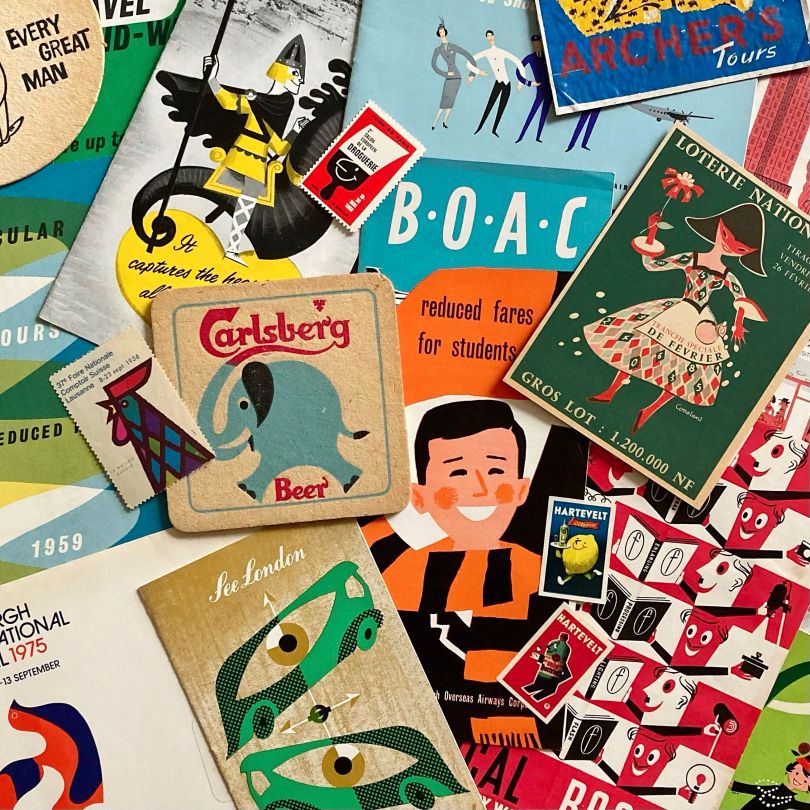The print treasure, which Zara has titled Ephemerama!, is accessible to everyone on a dedicated site. instagram Account. Featuring postage stamps and travel information flyers, brochures and advertisements, these retro pieces come from anywhere between the 1950s and mid-1970s.
“Illustrations are ephemeral in nature,” says Zara. “Produced for publication on flyers, magazine covers, stamps, advertisements, beer mats, these are ephemera that are discarded, leaving the story of the illustration incomplete. By collecting works of this I realized that contemporary illustration owes a lot to the “commercial artists” of that era. Indeed, they were the first wave of modern illustrators, the pioneers of the practice as we know it today. .”
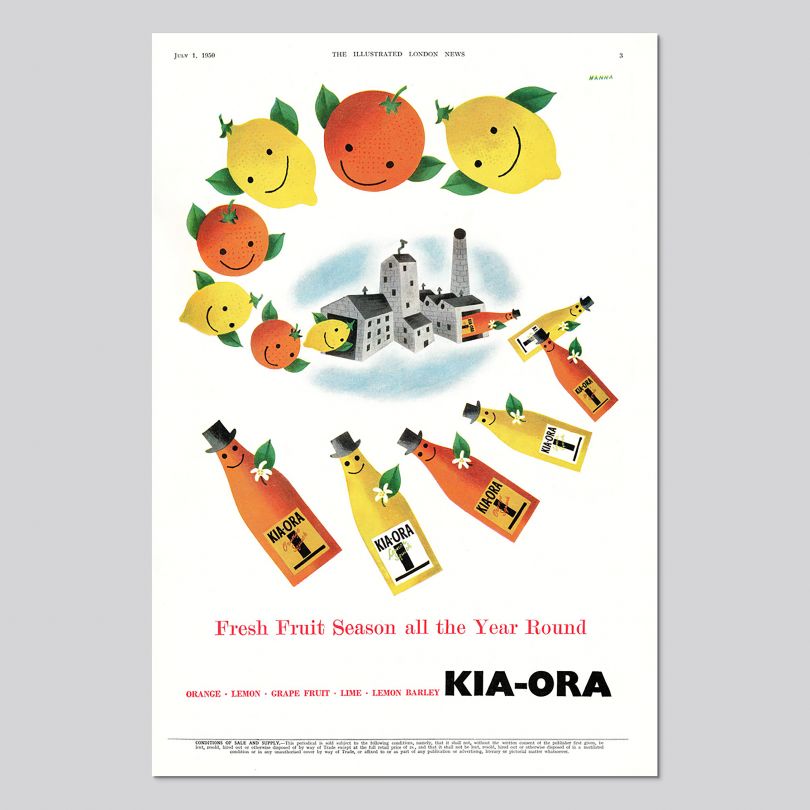
Based in Lincoln, Zara studied illustration at UWE Bristol and has spent the past 13 years freelancing for international clients, creating work for editorial, publishing, advertising and more. Short-lived ! came during the pandemic, as Zara found time to dive into its print archive and start sharing it with others.
“The combination of style and idea is what makes illustration so compelling as a communicative art form and this was evident in abundance in the 1950s and 1960s,” she continues. “Playful, elegant, and witty, illustration evolved rapidly. Illustrators adapted to advances in technology with new landscapes and audiences that came with them, just as they do now. Beyond the Art of Art ‘poster to span a range of media, the forward-thinking approach of these early illustrators embodied the optimism of the times and defined not only their era, but illustration itself – the art of communication.
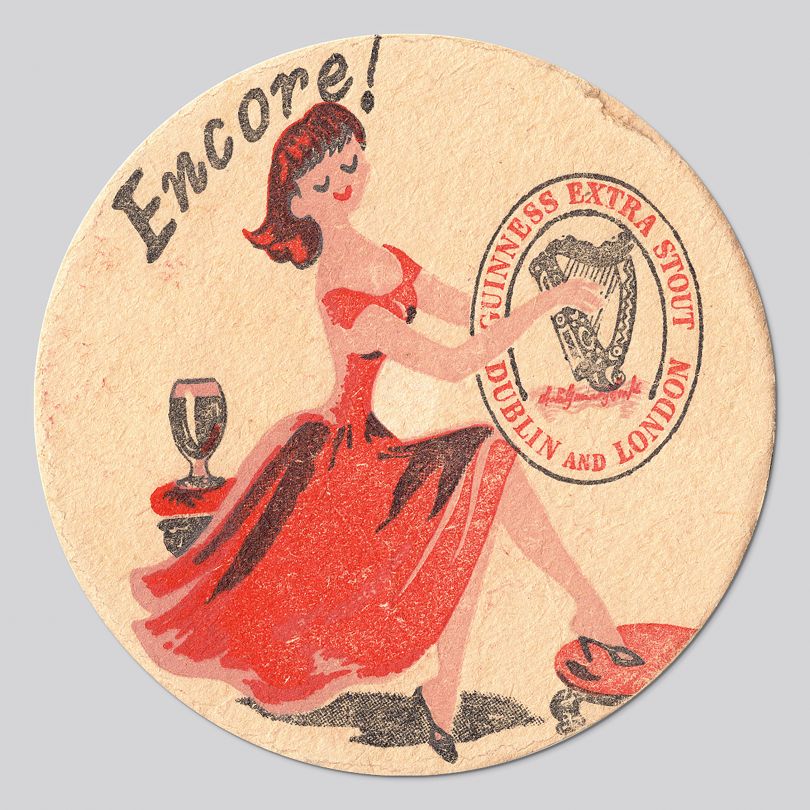
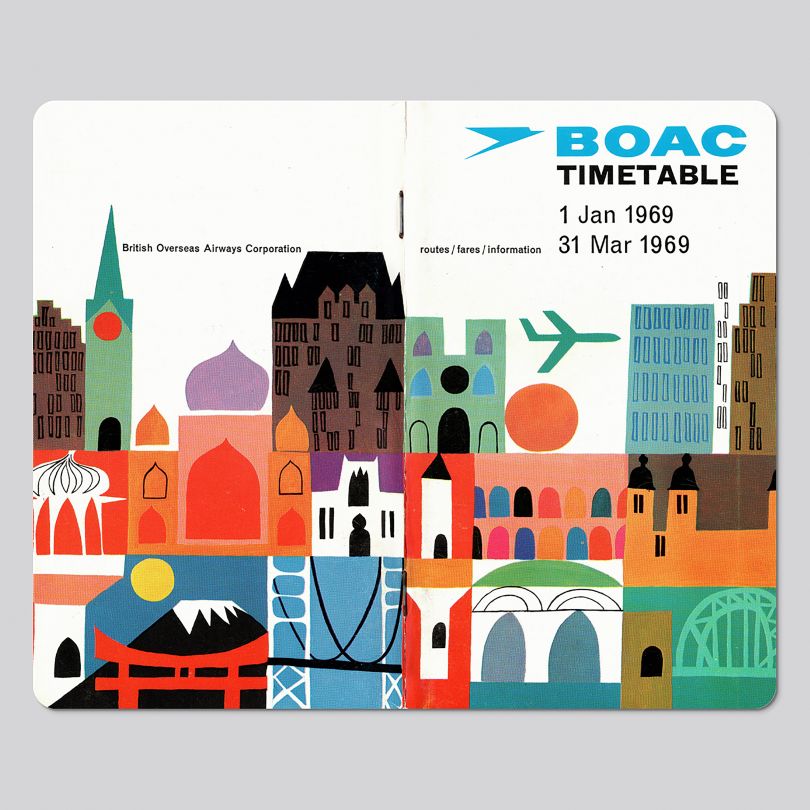
Of course, we all know that illustration is an ever-evolving medium. But Zara argues that historically the creative practice has found itself “ill-defined”, leaving it with an uneven history and a weak sense of identity. “Although it has been around since the days of cave paintings, illustration has only established itself as a profession relatively recently,” adds Zara. “Often seen as a gray area between the art establishment and the design industry, these fields have often claimed illustrators as their own. As illustration becomes better understood and recognized, it is important to re-evaluate its history, to celebrate its traditions while recognizing its interdisciplinary nature.”
Some of the illustrators featured in Zara’s collection have been acclaimed during their careers, but many have since been forgotten. These include immigrant women and artists who have forged successful careers in the face of adversity. “My research has revealed stories about illustrators that have yet to be told within the mainstream,” she says, “like Victoria Davidson, whose work and biography of success against the odds deserves to be told. shared with a wider audience.”
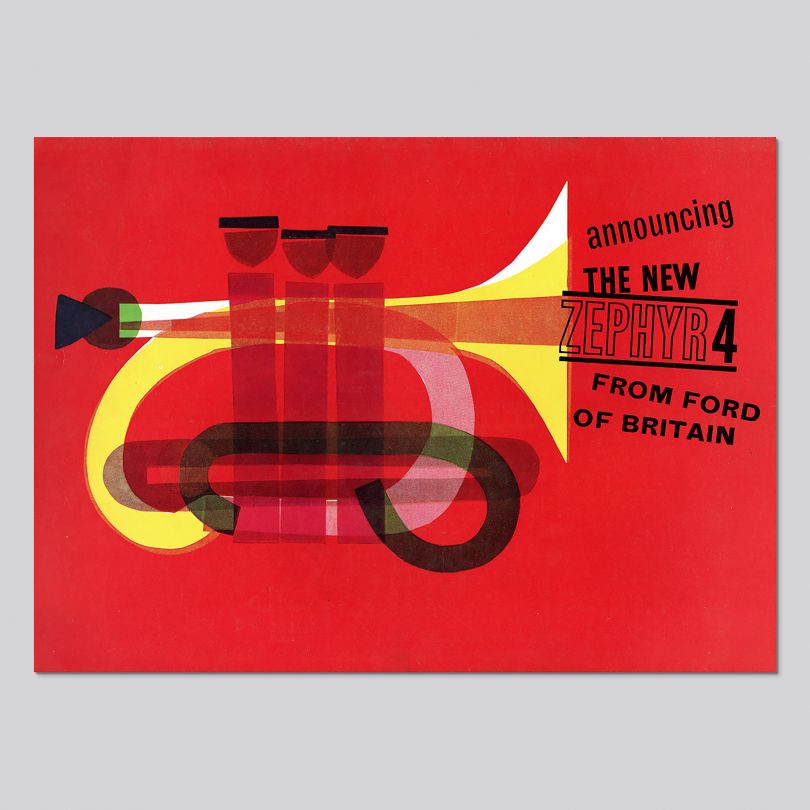


All images from Ephemerama! come from Zara’s personal collection. The source material is primarily British and European, areas that have been less explored than well-documented American history. “It doesn’t represent a global perspective but draws parallels with the US, Australia and Israel,” she says.
Zara goes on to explain how important creating online archives for ephemera is because they are largely ignored. “By being so ubiquitous, it’s taken for granted, despite its social and aesthetic impact,” she says. “The value of these artifacts lies in their ability to accurately reflect the age in which they were produced better than any official document. They exist as visual witnesses to history, allowing a dialogue between the past and the present. There are many parallels between yesterday and today. Now, and I am encouraged by the feedback from illustrators of today who are discovering the roots of their contemporary practice in this collection.”
